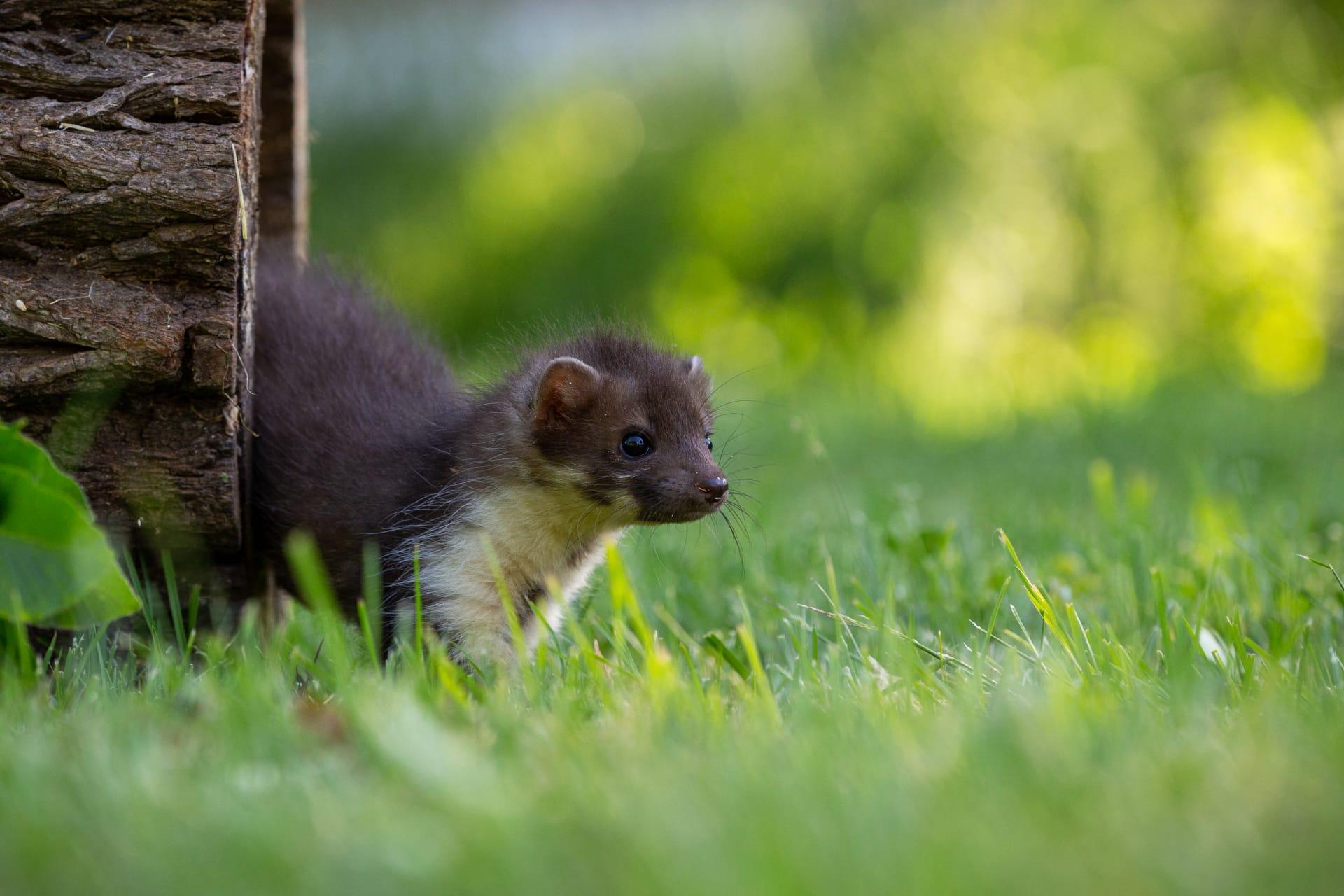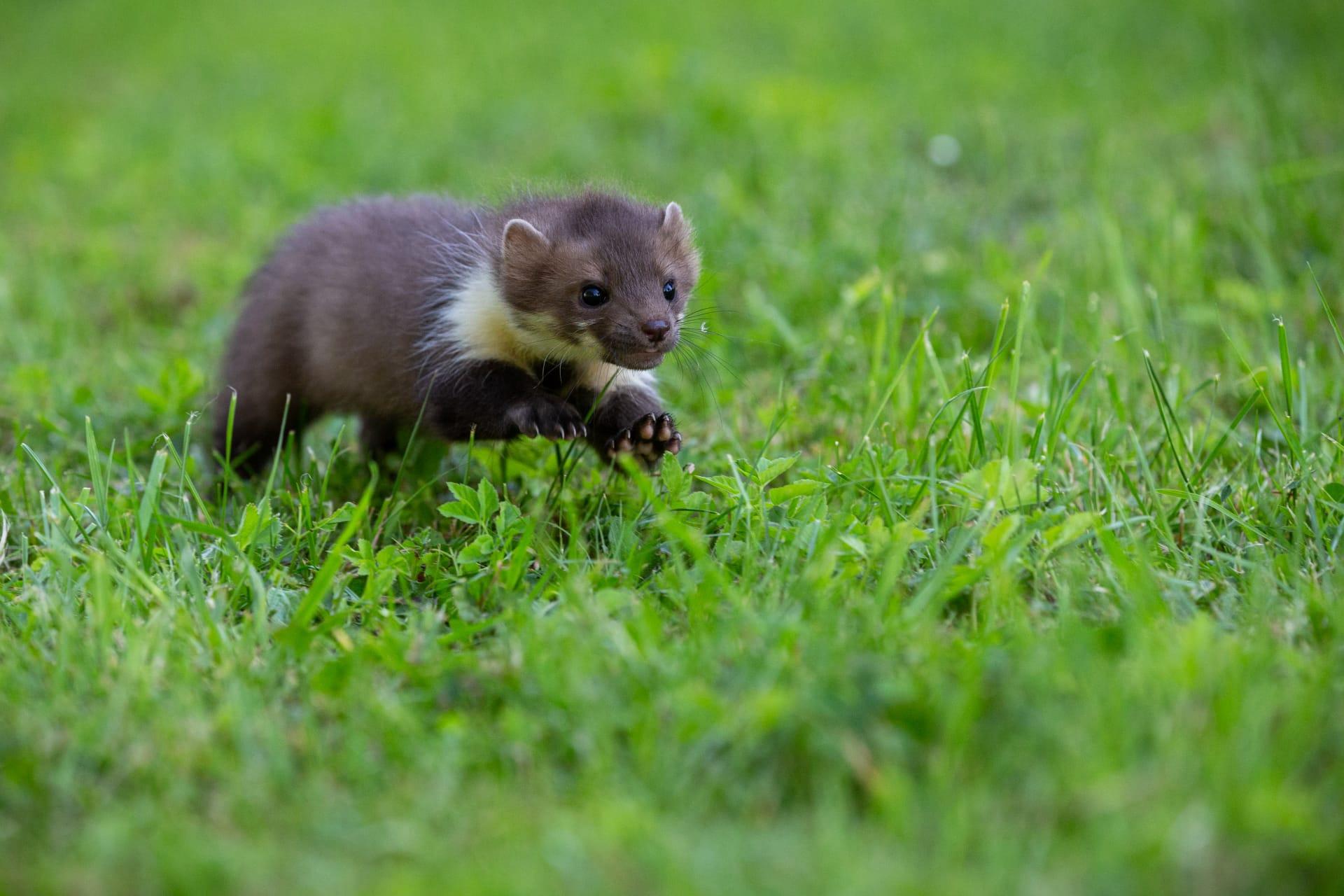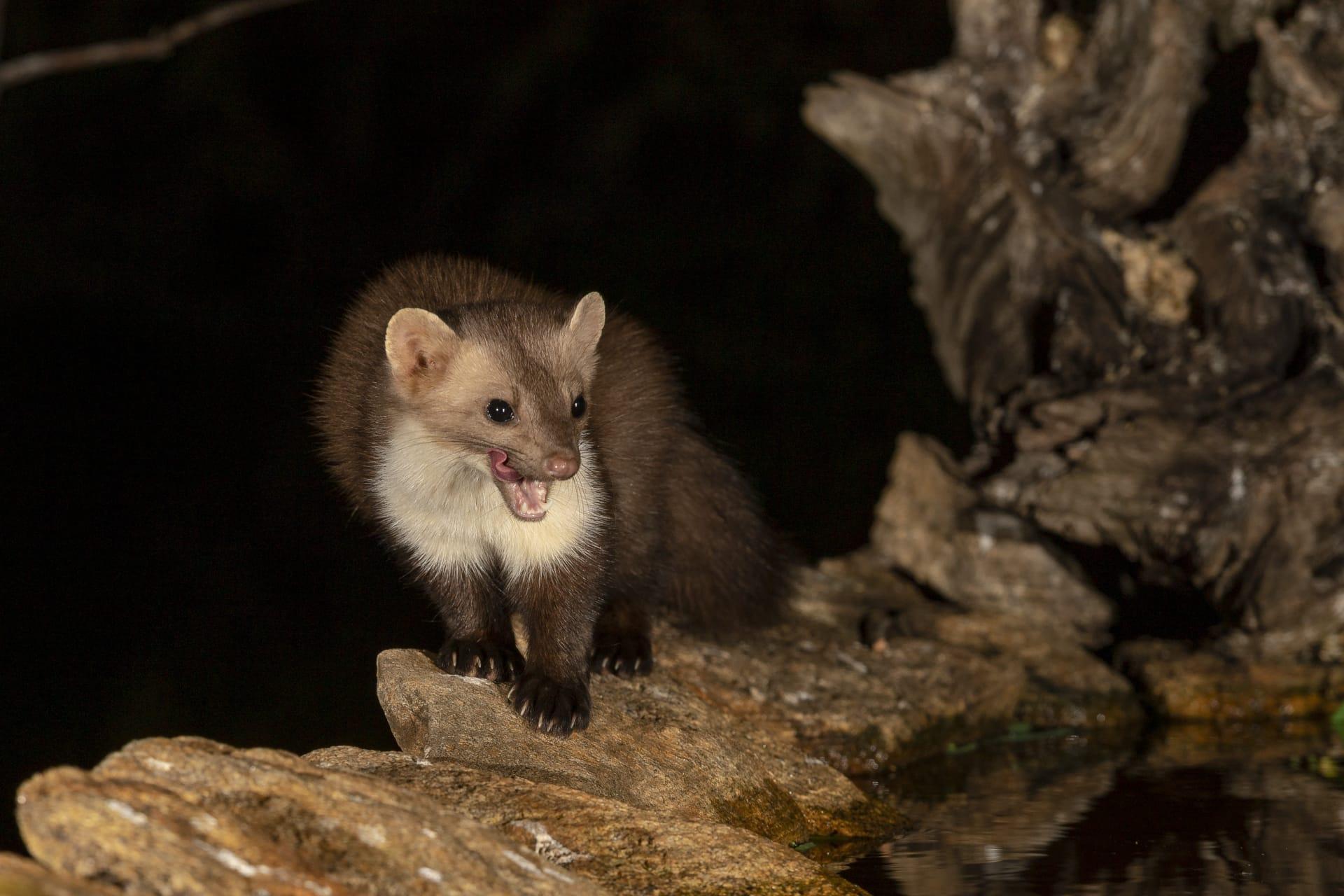Weasel
- Home /
- Mini Encyclopedia /
- Animal /
- Weasel
1
Weasels belong to the genus Mustela within the family Mustelidae, which also includes otters, badgers, and ferrets. The genus Mustela comprises several species, including the common weasel (Mustela nivalis), the least weasel (Mustela erminea), and the long-tailed weasel (Mustela frenata). These species are distinguished by their size, fur color, and habitat preferences.
Geographically, weasels have a widespread distribution. They are found across Europe, Asia, North America, and parts of North Africa. The common weasel inhabits a range from Europe to North Asia, adapting to various environments from woodlands to grasslands. The least weasel, the smallest of the genus, is also widespread in these regions, often coexisting with the common weasel. The long-tailed weasel primarily resides in North America, extending from Canada to parts of South America.

2
Question: Do weasels hibernate during winter?
Answer: Contrary to popular belief, weasels do not hibernate. Despite their small size, weasels remain active throughout the year, including the cold winter months. They adapt to winter conditions by changing the color of their fur to white, providing camouflage in snowy environments. This fur change is most prominent in species like the least weasel. Their metabolism remains high during winter, requiring them to consume food more frequently to maintain energy levels.

3
Weasels employ a variety of survival strategies. They are solitary and territorial animals, often hunting and living alone. Their diet primarily consists of small rodents like mice and voles, which they hunt using their slender bodies to access burrows and tight spaces. Weasels have a high metabolic rate, necessitating frequent eating - sometimes consuming up to a third of their body weight daily.
Reproduction is another key aspect of their survival. Weasels can breed at a young age, sometimes as early as three to four months old. They typically have one or two litters per year, with litter sizes ranging from four to eight kits. This rapid reproduction helps maintain their population, even in the face of high predation and environmental challenges.

4
In ecosystems, weasels play a crucial role as both predators and prey. As predators, they help control rodent populations, which can benefit agricultural activities and natural vegetation by limiting crop damage and seed predation. Their presence ensures a balance in the food chain, contributing to the health of the ecosystem.
As prey, weasels are an important food source for larger predators such as birds of prey, foxes, and larger carnivorous mammals. This dual role in the food chain emphasizes their importance in maintaining ecological balance. Their population dynamics can also serve as indicators of environmental health, reflecting changes in prey availability and habitat conditions.

5
Film: "The Secret Life of Weasels" is a documentary produced in the United Kingdom in 2019. It explores the hidden world of weasels, showcasing their behavior, survival strategies, and interaction with different ecosystems. The documentary employs stunning wildlife photography to bring the elusive nature of these creatures to light.
Book: "Weasels: Nature's Crafty Carnivores" by John Smith, published in the United States in 2018, provides an in-depth look at the behavior, biology, and habitat of various weasel species. Smith combines scientific research with engaging narratives to explore the fascinating world of these small but mighty mammals.
Book: "The Weasel's Tale" authored by Emily Green, released in Canada in 2020, is a blend of scientific information and storytelling. It delves into the life cycles, hunting tactics, and ecological significance of weasels, offering insights into their interaction with human environments and their portrayal in folklore and culture.